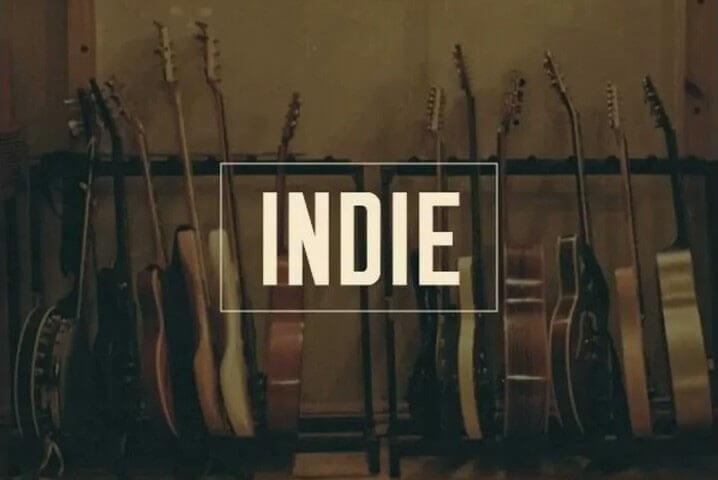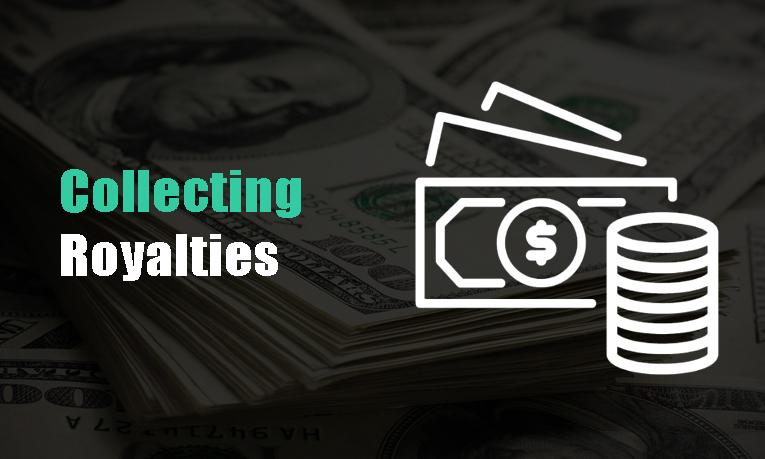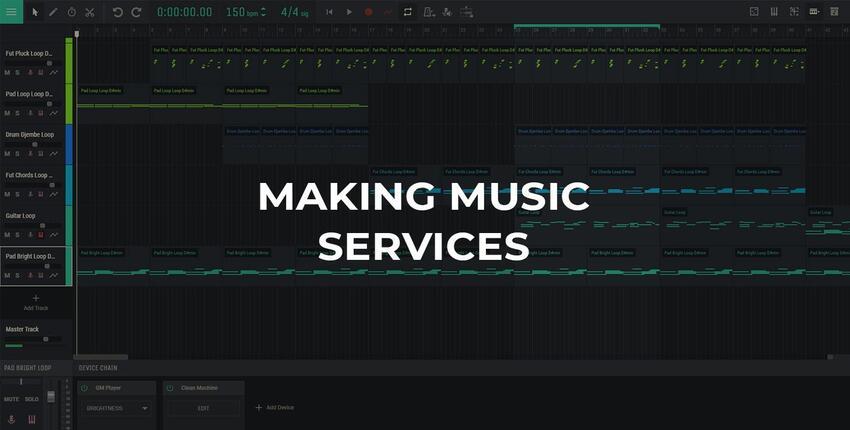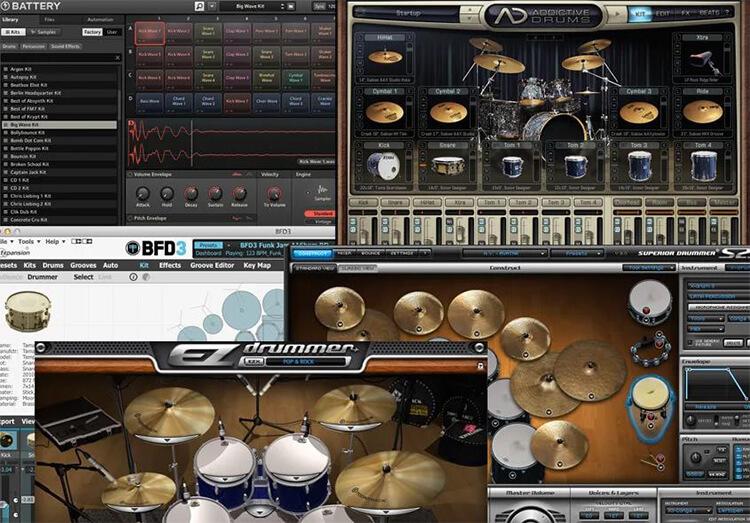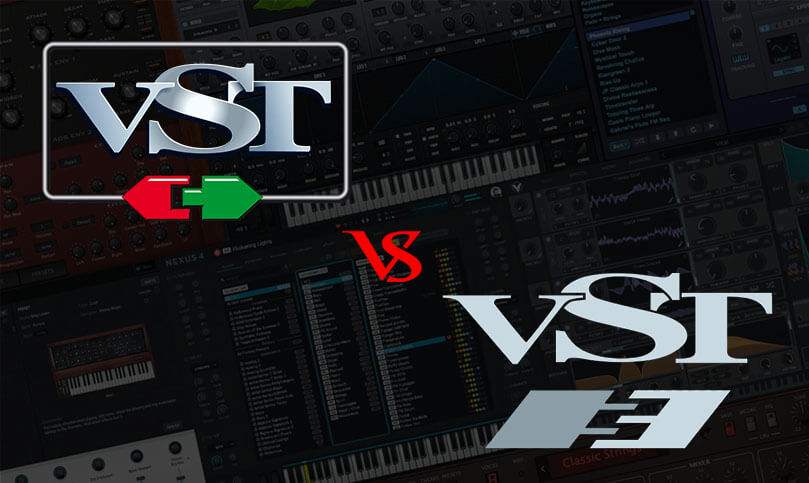How to sample a song

Imagine that you have offered your composition to all copyright holders. The label and publisher heard it and were pleased. What’s next?
The publisher will likely require an advance (think of it as a processing fee), which can range from a few hundred to a few thousand dollars or more. In addition, the publisher will receive a percentage of all revenue generated by the song. According to some music-legal websites, this percentage can range from 15% to 50%, depending on the extent to which the sample is used in the new composition.
The label that owns the master will also require an advance payment, similar to what you would pay to the publisher. In addition, they can charge a so-called “rollover” – a royalty calculated based on a sales threshold. (When you sell a certain number of CDs or downloads, you will owe the label a certain amount.)
That way, if you decide to add a little Ray Charles to your new dance track, you’ll know how much it’ll cost you before the song even goes on sale.
What to do if you cannot contact copyright holders?
The above example assumes that you have received a response from the copyright owners. This is a very optimistic assumption! Often major labels and publishers are not interested in sampling permission requests from independent artists. (“Contact us when you have a contract, then perhaps we will talk to you!”)
So there remains a reality where sampling happens everywhere – indeed, a lot of sampling – but clearing those samples often seems like a futile exercise to unsigned artists. Not surprisingly, there is a lot of myths and misinformation surrounding this issue.
One common myth is that you can legally sample a copyrighted song without permission as long as the sample length is less than 6, 11, or 15 seconds…
This is wrong!
Sampling music without permission is prohibited, regardless of sample length
Copyright is copyright. If your sample is recognizable (even if it isn’t), you are using another person’s intellectual property to create or improve your work. You control the copyright of your songs and expect the same from your work.
Remember the famous case of Vanilla Ice, which used the bass line from “Under Pressure”. The clip is only 3 seconds long, but that didn’t stop Queen and David Bowie (or their labels/publishers) from demanding their share.
Thus, legal sampling of anything (regardless of length) can only be done after agreement with the owner of the song and the owner of the sound recording.
Modern realities of sampling
Today, many musicians release tracks with unrefined samples. Whether this is correct or not, it is clear why this practice has become so common. The complexities and upfront costs of legalizing samples, changing attitudes toward copyright, and technological changes in the music industry all play a role.
Now more than ever, people have access to affordable recording and sampling tools. The entire history of recorded music is available for use, like a vast sampler playground, stretching across the planet and back more than a century. We have the ability to distribute music easily and independently, making it harder for publishers and labels to control what’s released because it no longer goes exclusively through the major label system.
So can you just include some samples on your next album or single without clearing them? It’s possible, but you’ll be breaking the contract you sign with your distributor and record/vinyl manufacturer. If these organizations find out about this, they will be required to remove your music from their service until you can prove that you have legal permission to use the samples.
But what happens if your track starts getting radio play or becomes a hit on YouTube? Suddenly attention will be paid to this, which means that the publishers and labels who own the copyrights to the samples will act. Once you violate their copyright by distributing the song illegally, they can sue you for infringement, force you to pay huge fines, and stop distributing the song.
This would be extremely unpleasant. Therefore, if possible, legalize your samples. If this doesn’t work, it’s better to come up with another musical element that can replace the sample (preferably one that you compose and record yourself to avoid similar problems in the future).
Library of pre-cleared samples
If you need to replace a sample with one that you can legally use, contact TrackLib. This is a music service that provides a huge library of samples that you can license for use in your tracks.
Finally, if you’re determined to use a groove, riff, vocal lick, or sample from another song in your music, you can re-record the sample yourself. This way, you will avoid having to negotiate the use of the master and will only deal with the publisher. Coordinating a sample with a publisher isn’t always easy, but at least it cuts the work in half!
How to properly sample melodies and legalize their use?
Sampling melodies is a common practice in modern music. However, when using samples, especially from famous or copyrighted compositions, it is important to properly file copyrights to avoid legal issues.
Let’s look at some frequently asked questions about sampling tunes and provide tips on how to comply with copyright laws.
1. What is melody sampling?
Melody sampling is the process of using fragments of sound recordings of other compositions to create a new musical work. This can include individual chords, riffs, or even entire passages from other songs.
2. What copyrights are involved in sampling?
Sampling a melody involves elements of other copyrighted compositions. This may include rights to the music, lyrics, and the sound recording of the song itself. When using samples, you must be aware of these rights and obtain permission from the copyright holders.
3. How do I get permission to sample?
To get permission to sample a tune, you need to contact the copyright holders of the song you want to sample from. These may be the authors of the song, their representatives, publishing houses or record companies. Contact them for permission and discuss terms of use.
4. What should I do if I can’t get permission?
If you are unable to obtain permission to sample, there are several alternative options. One of them is to use the services of clearing companies, which will help you obtain a license for the sample for a certain fee. Another option is to change the sample to such an extent that it becomes difficult to recognize or completely transformed, creating a new work. This method is especially suitable for creating dark beats.
Resources with samples for free use
Sampling – the use of musical excerpts from existing compositions with subsequent processing and transformation – is one of the key techniques in instrumental hip-hop. It was widely used to create old-school rap records. Today, sampling remains popular in hip-hop, but stricter regulations and copyright laws have led to a decline in its use among producers. Introducing services that allow arrangers not to worry about licensing their music.
Splice
One of the most popular services that provides producers with the opportunity to use and license samples via subscription. The site’s huge library will satisfy the needs of both experimenters and those who like to create type beats. The subscription costs $10 per month, which is a small price to pay to avoid future legal issues.
Tracklib
A service similar to Splice, but with licenses for already created compositions. Here you can purchase the right to use excerpts from classic jazz, blues, funk and other instrumental recordings. The cost depends on the length of the passage used. It is noteworthy that you can select and listen to a sample passage directly on the site, without using a sequencer program.
MusicRadar
A site with extensive archives of ready-made samples in various genres. In addition to musical excerpts, here you can find and download synthesized recordings of effects or atmospheric noise.
Looperman
A well-known and, most importantly, absolutely free service for searching samples. The authors of musical excerpts are the users who uploaded them to the site. Be prepared that finding a quality sample may take some time.
YouTube royalty-free
An option for those who are risky and attentive. There are many videos on YouTube with samples that supposedly can be used without royalties or contact with the authors. However, read the video description carefully, as most “ROYALTY-FREE” titles can be a trap for inexperienced producers that you will have to pay to fall into.
Eventually
Sampling tunes is a creative way to create new music, but it’s important to consider copyright and comply with laws. Getting permission to sample or use clearing services will help you avoid legal problems and ensure your music is legal!


